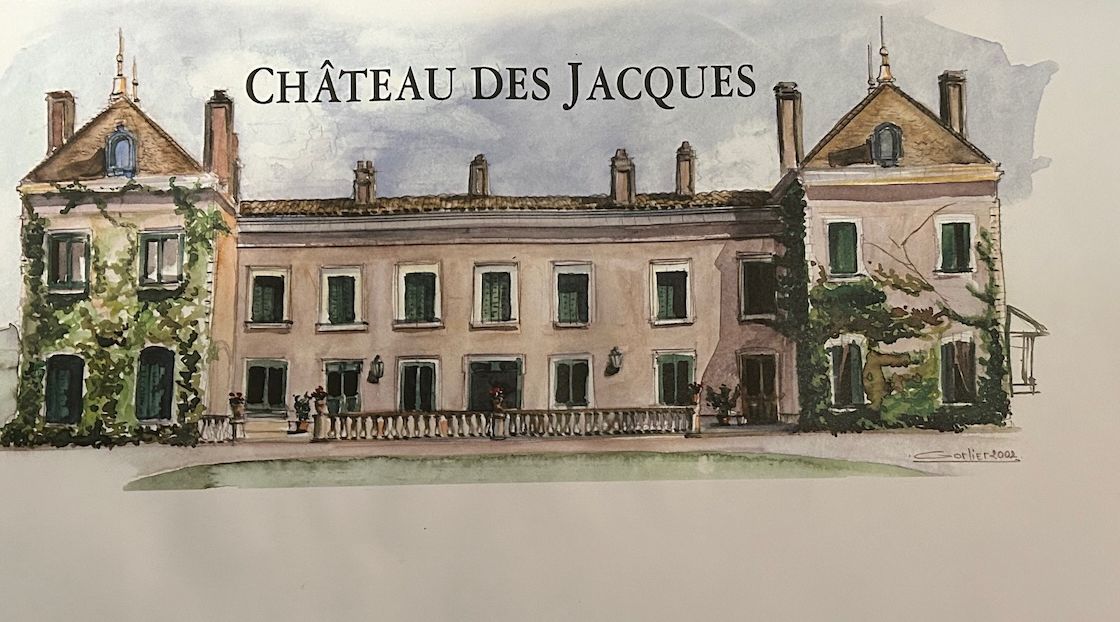Moulin-à-Vent celebrates its 100th anniversary on 17 April this year, the date in 1924 it was granted official cru status. It was an event that made national news. Then considered the most southerly of the Burgundy appellations, Moulin-à-Vent, as delineated by the vignerons of the villages of Romanèche and Thorins, was the first official cru in what was to become the Beaujolais AOC in 1936.
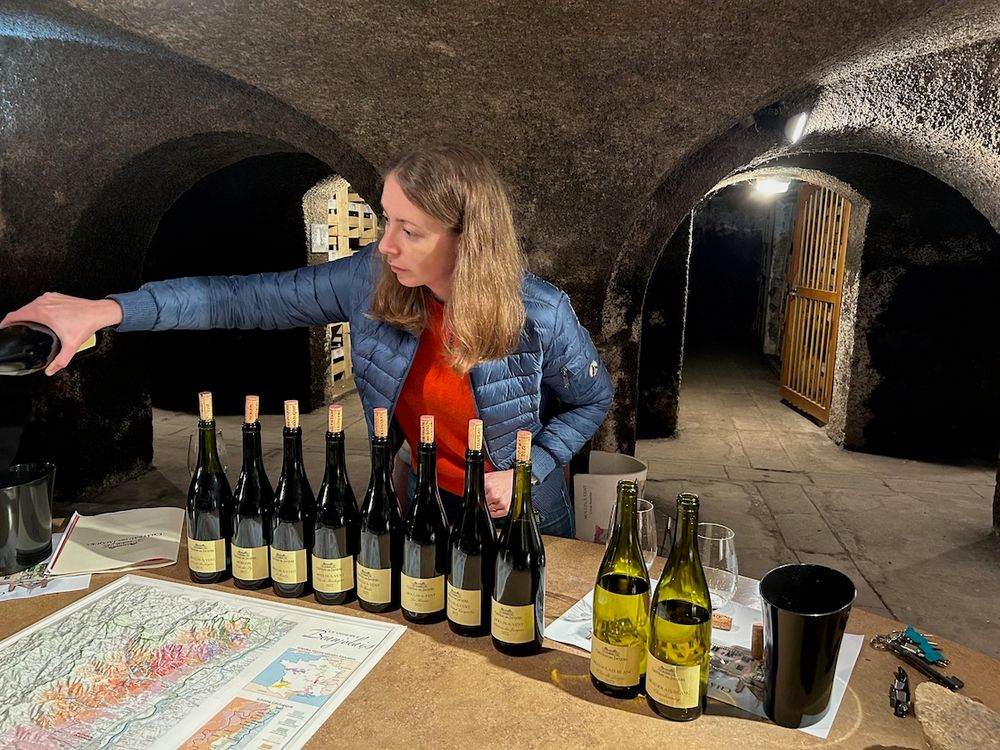
Head winemaker Julie Pitoiset in the 17th Century cellars of Château des Jacques
Château des Jacques also celebrates its centenary this year, an event which may or may not be coincidental. One of the most prestigious châteaux in Beaujolais, it was purchased on May 27th 1924 by Amédée Rousseau, (no relation of Armand Rousseau of the famous Gevrey-Chambertin domaine) but a Parisian from humble roots, born to a miner father and a laundress mother.
Rousseau began working for a textile company in Paris aged 14 and quickly climbed the ladder to become the owner of the business at the age of 29 and built it to become the leading manufacturer of luxury fabrics in France.
Clearly a canny, enterprising and innovative man, Rousseau was awarded the Legion d’Honneur (twice) and (more exclusively) membership of the Club des Cent, a club of 100 gastronomes, wine enthusiasts and bon viveurs, and when he sold the business in 1921 to what became the owner of the Dior and Lacroix fashion houses, he was one of the richest men in France.
Aged 60 and in fragile health, Rousseau set his sights on a rural life. It’s highly likely he’d read about Moulin-à-Vent’s designation as an official cru in the newspapers, and knew that André Jullien, the early-19th century wine writer and cataloguer of wine regions, considered it to be on a par with Vosne-Romanée, so when Château des Jacques came up for grabs, he saw it, rightly, as a timely investment in pleasantly salubrious surroundings.
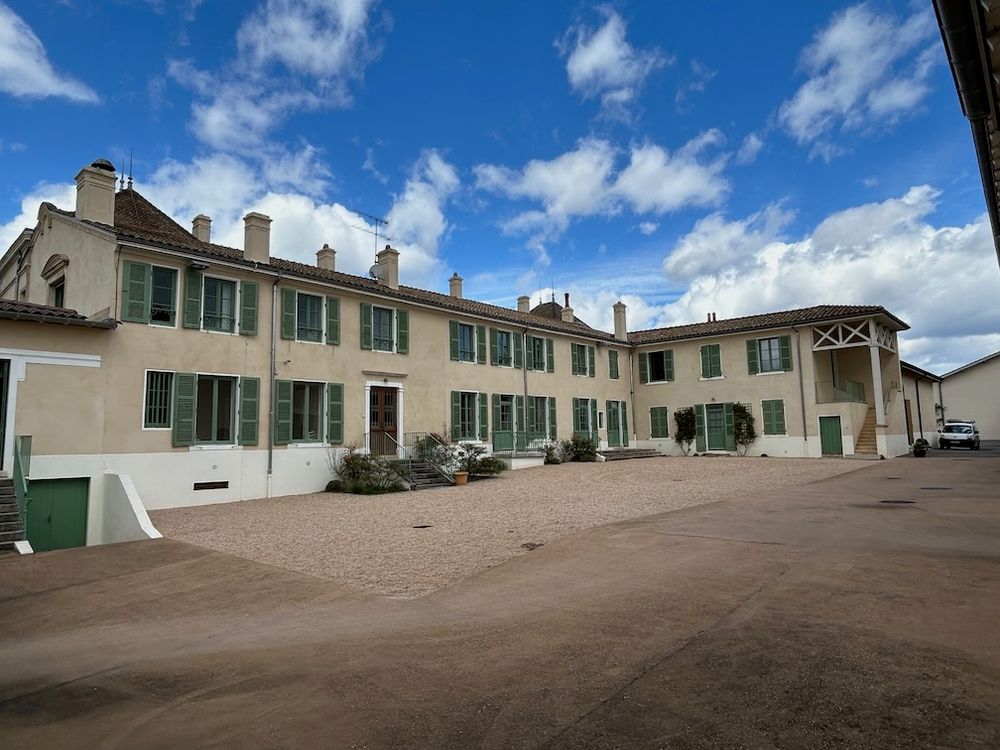
Since 1996 Château des Jacques has been owned by Burgundy's Louis Jadot
A true pioneer
Built in the 18th century, the château had been the second home of the Sournay family, whose upwardly mobile children showed no interest in keeping it and its two hectares of vineyards. Below it are impressively vaulted 17th century cellars, suggesting it had once belonged to the church and likely to have been a hostelry for pilgrims to Santiago de Compostela which probably gave it its name - the camino passed through the village until it was re-routed when the road became too busy.
Rousseau bought a further 70 plots from 60 local families, amassing 60 hectares over four years; later soil analysis showed that every one was on the famous pink granite found in all the best lieux-dits here. A true pioneer, he began making single-vineyard wines, unheard of at the time in this area. He was also the first to bottle at the property, stamping the corks with the Château des Jacques name as well as that of the vineyard and the vintage - wine fraud was common then so such marks of authenticity were very valuable.
Rousseau was also the first in the region to de-stem his grapes, giving them long macerations and ageing in barrel, recognising that the taste of consumers was changing to prefer heavier styles, wines that were made for ageing, robust enough to withstand transport by river or rail to Paris and beyond, and appealing to those with deep pockets, rather than the traditional fresh glou-glou local wines made for the more lowly classes. This distinctive Château des Jacques style remains to this day.
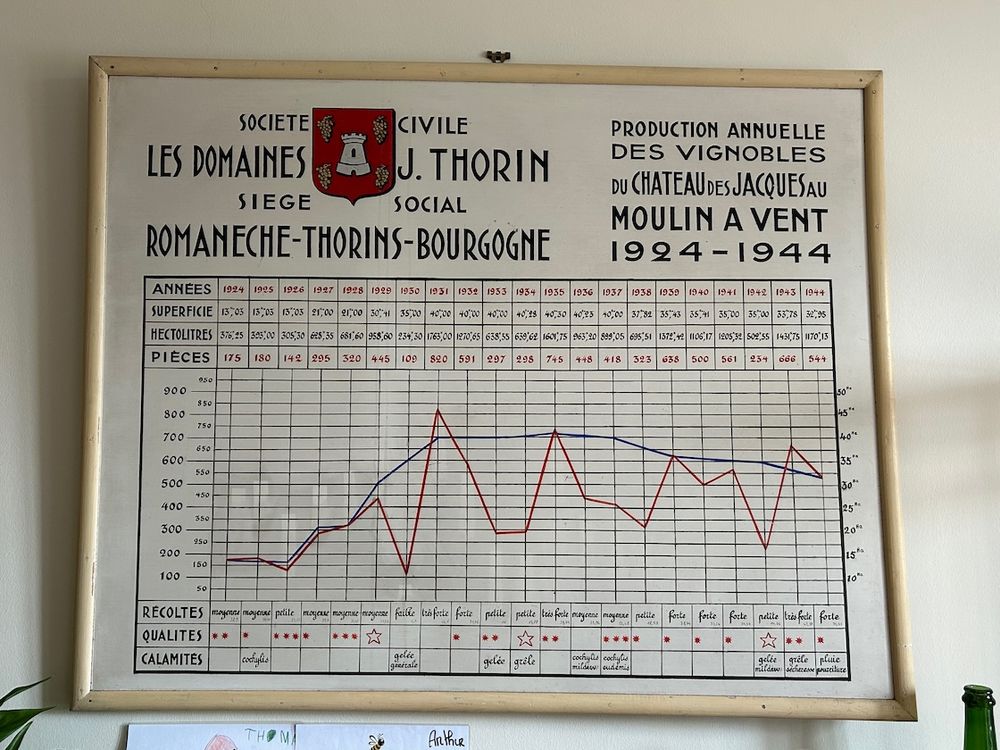
The negociants who owned Château des Jacques from 1931 resisted the trend for carbonic maceration
When Rousseau died in 1931, the estate was bought by the Thorins family of negoçiants who carried on his good work, resisting the temptation to switch to carbonic maceration that became modish in the 1950s.
In 1996 they passed it on to the Kopf family, owners of Maison Louis Jadot, which has been working since then to implement sustainable practices, renovating vineyards by planting in wider rows using a mix of traditional bush vines and cordons, both trellised and free-standing and, since 2015, using a proportion of whole bunches in the ferments to help maintain freshness.
The chateau and winery were completely refurbished in 2018 when micro-oxygenating tanks, concrete eggs and demi-muids were installed to complement their use of oak barrels.

The winery was completely refurbished in 2018
New winemaker at the helm
Now comprising 69 hectares, including land in the crus of Morgon and Fleurie, Château des Jacques enters its second century with 33-year-old Julie Pitoiset at the helm as head winemaker, taking over from Cyril Chirouze in January 2023. Born in Bordeaux, Pitoiset does not come from a wine background, but she studied agronomy in Dijon and worked in Burgundy vineyards in her spare time.
“I was passionate about plant production, and especially vines because of the complexity of the work and the fact that after cultivating you have to transform the grapes into wine, which is a scientific process but also needs a lot of sensibility and feeling for nature,” she tells me. “I then studied oenology in parallel with agronomics so I was able to work both in the vineyard and the cellar.”
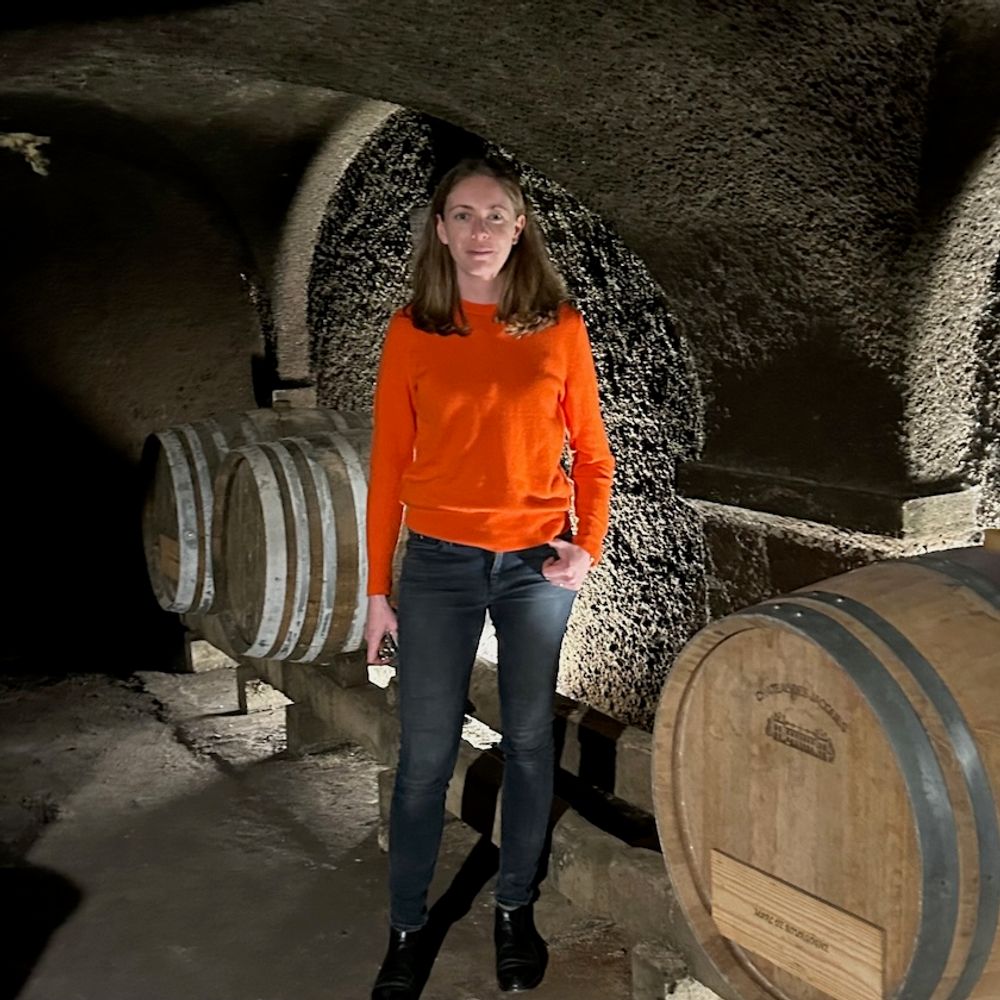
Château des Jacques head winemaker Julie Pitoiset
After completing her studies Pitoiset began her career in Burgundy, at Domaine de l'Arlot and Château de Chassagne-Montrachet, then at Château Chasse-Spleen in Bordeaux before a stint in Tasmania at Domaine Apsely Gorge. “Many young winemakers from Burgundy spend time in Tasmania, attracted by the Pinot Noir and Chardonnay there,” she remarked.
“It’s been a very busy year, but I’m enjoying it a lot,” she said. With such a legacy behind her, she has no plans to change things too quickly, but continues a gentle move towards modernity, reducing the use of new oak to allow more fruit and brighter acidity in the wines.
“The whole team and I are really concerned about sustainability,” she went on. “We compost all our waste, we treat our effluent so that the water can be returned to nature, and we strive to reduce and recycle our waste production as much as possible, but our main concern is climate change. We’re working to adapt in the vineyard, exploring new rootstock, limiting our tillage, and pruning in order to keep some vegetation protecting the grapes.”
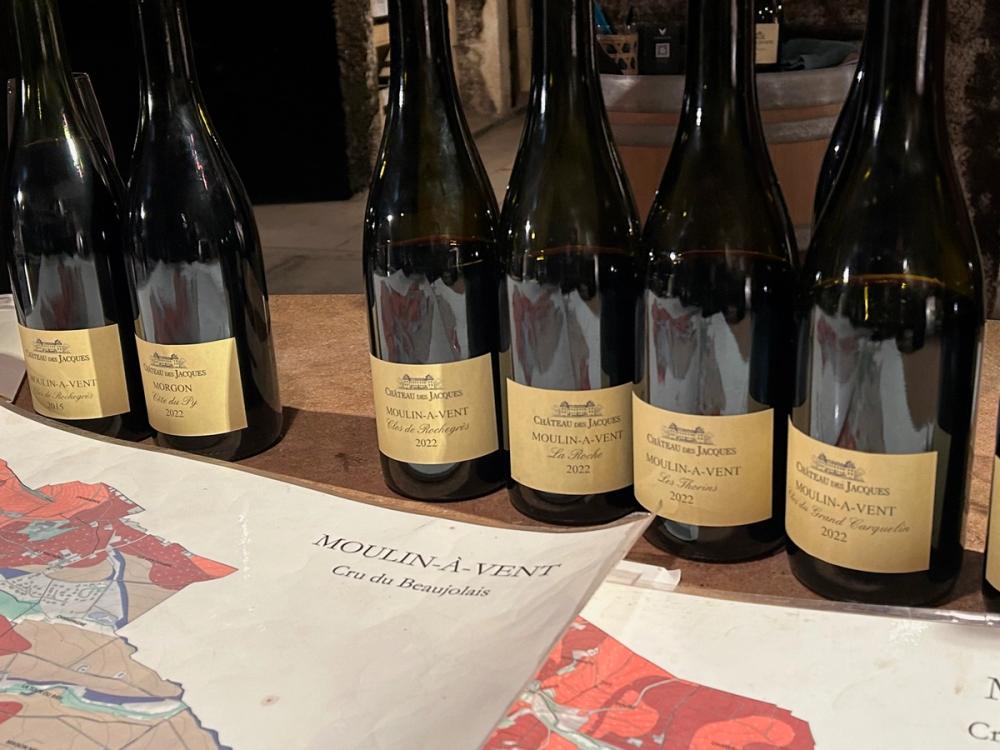
Now producing around 250,000 bottles a year, all made with their own grapes and bottled on the property, Château des Jacques releases 13 cuvées, focussing on complex, single-vineyard wines from the top lieux-dits including Les Thorns, Grand Carquelin, La Roche and Clos de Rochegrès. The latter is the highest in Moulin-à-Vent, at 360m and with steep, south-facing slopes, and its wines are a fantastic illustration of what Château des Jacques does so well.
The 2022 Clos de Rochegrès, aged in a mix of new and old oak, is still a baby but is really attractive already, with intense but pure fruit and a herbaceous, crunchy freshness. The 2015 is really getting into its stride, more powerful and voluptuous but still elegant and refined, while the 1999 in magnum was one of the standout wines of the many I tasted on a recent trip to Moulin-à-Vent.
Silky, seductive, sublime, and showing just how these wines can stand shoulder to shoulder with their more costly Burgundian cousins when it comes to age-ability and finesse, while still proudly speaking with their unique Beaujolais voice.
We have another year or so to wait before we can taste the results of Pitoiset’s first vintage, but it seems clear that Château des Jacques’ future as a leading light in distinguished Beaujolais winemaking is in very safe hands indeed.
The wines of Château des Jacques are imported and sold in the UK by Hatch Mansfield which is a commercial partner of The Buyer. To discover more about them click here.
